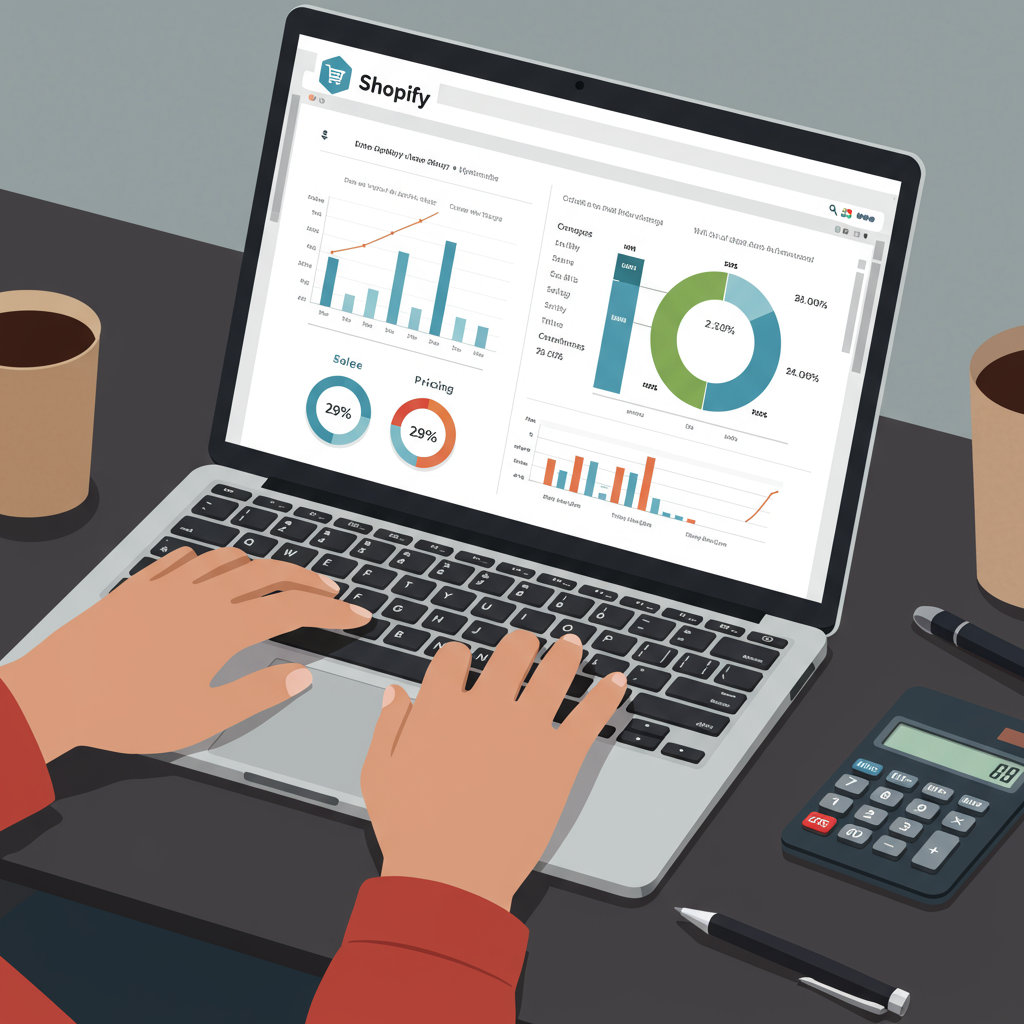Unlock higher profits and sustainable growth by strategically setting your product prices on Shopify.
As a Shopify merchant, you know that setting the right price for your products isn’t just about covering costs; it’s a delicate art that directly impacts your sales, perceived value, and ultimately, your bottom line.
I’ve seen countless businesses struggle with pricing, often leaving money on the table or, worse, deterring potential customers with misaligned figures. That’s why I want to share some powerful pricing optimization techniques tailored specifically for your Shopify store.
My goal with this article is to equip you with the knowledge and strategies to confidently price your products, ensuring you attract the right customers and maximize your profitability.
Optimizing your pricing isn’t a one-time task; it’s an ongoing process of analysis, experimentation, and adaptation. It’s about finding that sweet spot where customer value meets business viability.
Before we dive into strategies, the absolute foundation of smart pricing is understanding your costs. This includes not just your Cost of Goods Sold (COGS) but also shipping, marketing, operational overhead, and even your time.
Beyond the numbers, it’s crucial to grasp the perceived value of your product in the eyes of your customer. What problem does it solve? What unique benefit does it offer? This qualitative aspect is just as important as the quantitative.
Different customer segments may also have varying willingness to pay. Understanding your target audience deeply will inform how you position your prices to resonate with them.
One of the most straightforward pricing strategies is Cost-Plus Pricing. Here, you calculate your total cost for a product and then add a fixed percentage markup to determine the selling price.
For example, if a product costs you $10 to make and ship, and you want a 50% profit margin, you’d price it at $15. While simple, this method doesn’t account for market demand or perceived value.
Moving beyond costs, Value-Based Pricing focuses on what the customer believes the product is worth, rather than just its production cost. This strategy often allows for higher profit margins.
To implement value-based pricing, I recommend conducting market research, surveying your customers, and truly understanding the unique benefits and emotional connection your product provides.
Competitive Pricing involves setting your prices based on what your competitors are charging for similar products. This is particularly useful in highly saturated markets.
On Shopify, you can easily research competitors by browsing their stores, using competitor analysis tools, or even performing simple Google searches for similar products.
Dynamic Pricing is a more advanced strategy where prices fluctuate based on real-time market demand, supply, competitor pricing, or even customer behavior.
While more complex to implement, dynamic pricing can be incredibly effective for products with fluctuating demand, like seasonal items or limited-stock releases, often requiring specialized Shopify apps.
Now, let’s talk about some psychological pricing techniques that can subtly influence customer perception and encourage purchases.
Charm Pricing, or ending prices in .99 or .95, is a classic. A product priced at $19.99 often feels significantly cheaper than $20.00, even though the difference is minimal.
Price Anchoring involves presenting a higher-priced item first, making subsequent, lower-priced items seem like a better deal. You can use Shopify’s ‘compare at price’ feature for this.
The Decoy Effect introduces a third, less attractive option to make one of the other options seem more appealing. This is often seen in subscription models or product bundles.
Bundling products together at a slightly reduced combined price can increase average order value and help move slower-selling inventory, creating a perception of greater value for the customer.
Tiered Pricing, common for services or digital products, offers different levels of features or benefits at escalating price points (e.g., Basic, Pro, Enterprise). This caters to various customer needs and budgets.
Shopify’s native platform allows you to easily set your product prices and even use the ‘compare at price’ field to show a discounted price, which is great for sales and promotions.
For more advanced strategies like dynamic pricing, subscription models, or complex bundling, you’ll likely need to explore the Shopify App Store. There are many powerful tools available to automate these processes.
When experimenting with pricing, I strongly recommend A/B testing. This involves showing different prices to different segments of your audience to see which performs better in terms of conversion rates and revenue.
Remember, data is your best friend. Regularly monitor your sales data, conversion rates, average order value, and profit margins within your Shopify analytics to understand the impact of your pricing decisions.
The market is constantly evolving, and so should your pricing. Be prepared to adapt your strategies based on new competitors, changes in customer demand, or shifts in your own costs.
Pricing optimization is not a set-it-and-forget-it task. It’s an iterative process of learning, adjusting, and refining to ensure your business remains competitive and profitable.
What are your thoughts on these strategies, and have you found success with any particular approach on your Shopify store?
Ultimately, the best pricing strategy for your Shopify store will be unique to your products, your target audience, and your business goals. Don’t be afraid to experiment and learn from your results.
By thoughtfully applying these techniques, you’ll be well on your way to not just setting prices, but truly optimizing them for long-term success on Shopify.






